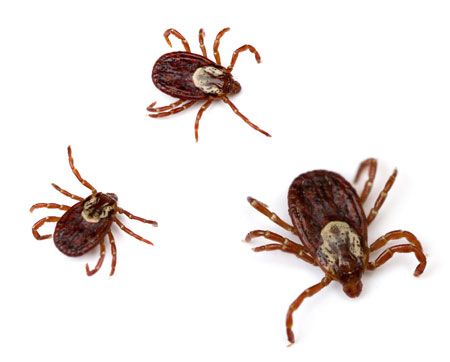Talking to pet owners about the blue dot
We can do better than, Look, it doesnt mean your dog has a tick-borne disease, but it doesnt not mean that.

It doesn't mean the dog's sick, but it means those ticks were around ... (Shutterstock.com)Is a dog adequately covered by the tick preventive? You don't know. So your veterinary practice runs a test, and you get back the “blue dot.”
“What does that mean?” asks the pet owner.
In the audio below, Fetch dvm360 educator Richard Gerhold, DVM, MS, PhD, shares his advice on the matter:
“If you're seeing blue dots on your test, the current language we're encouraging general practitioners to use [with pet owners] is, ‘The blue dot indicates tick exposure in the animal.' It's a way of showing your clients they're not doing a good enough job as they should be in their tick control efforts.
“And then you'll say, ‘I need now to go do further testing to determine if there are any current pathogens in your dog causing disease.' That may be done through CBC, chemistry, UA, a really good physical exam, a neurological exam and potentially a PCR.”
Get ‘em on that tick preventive! And get to testing!









